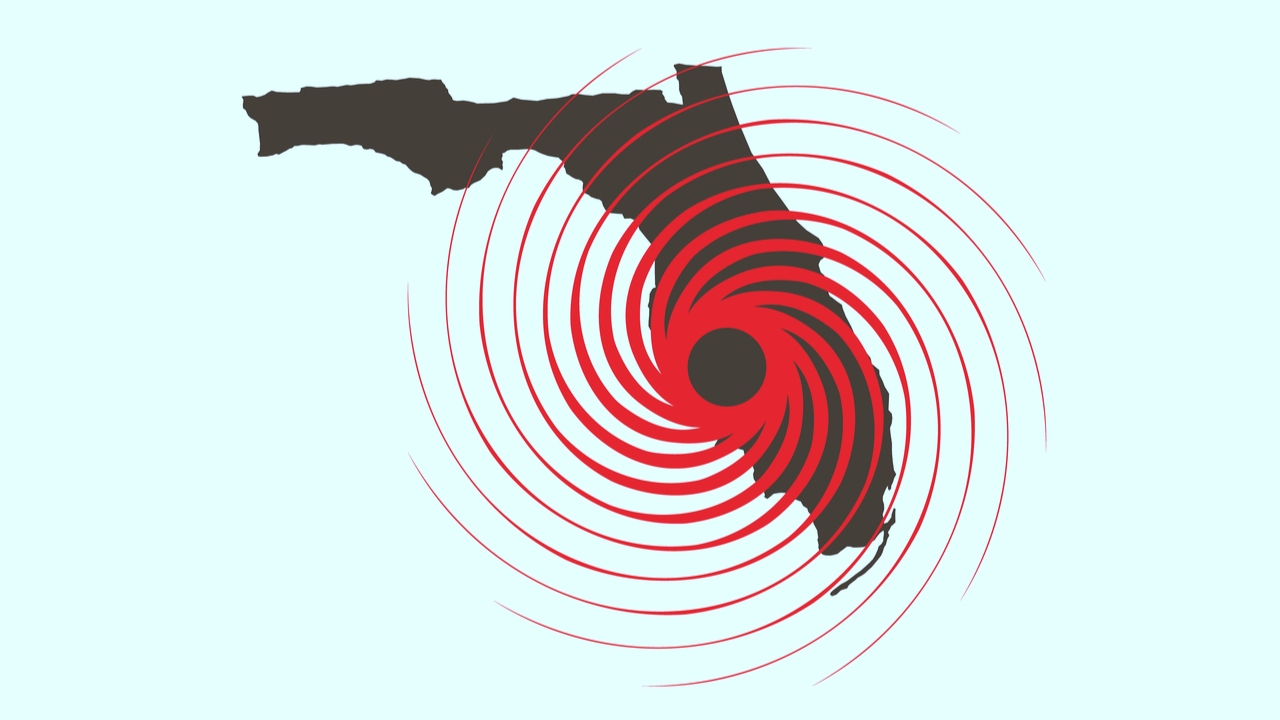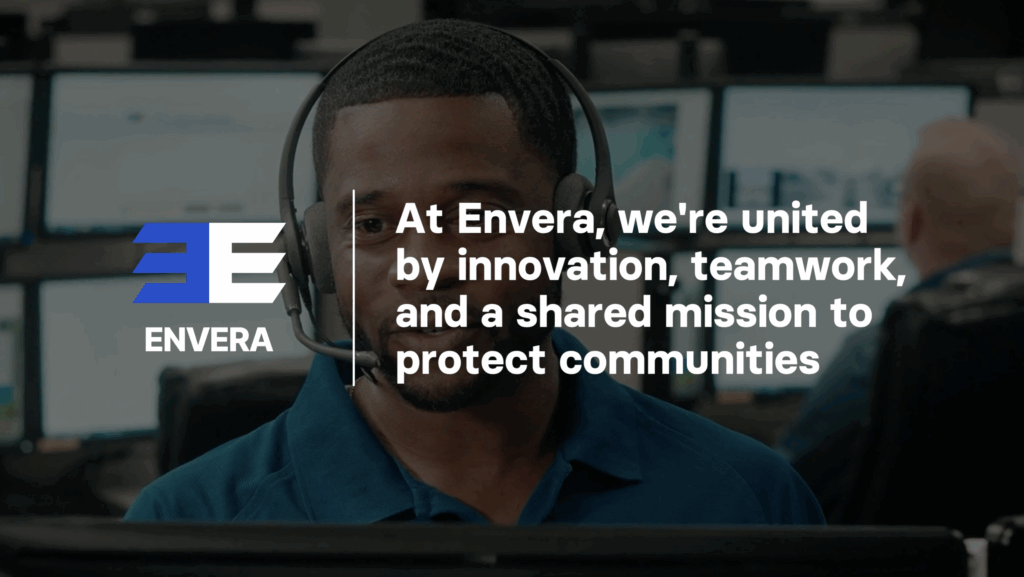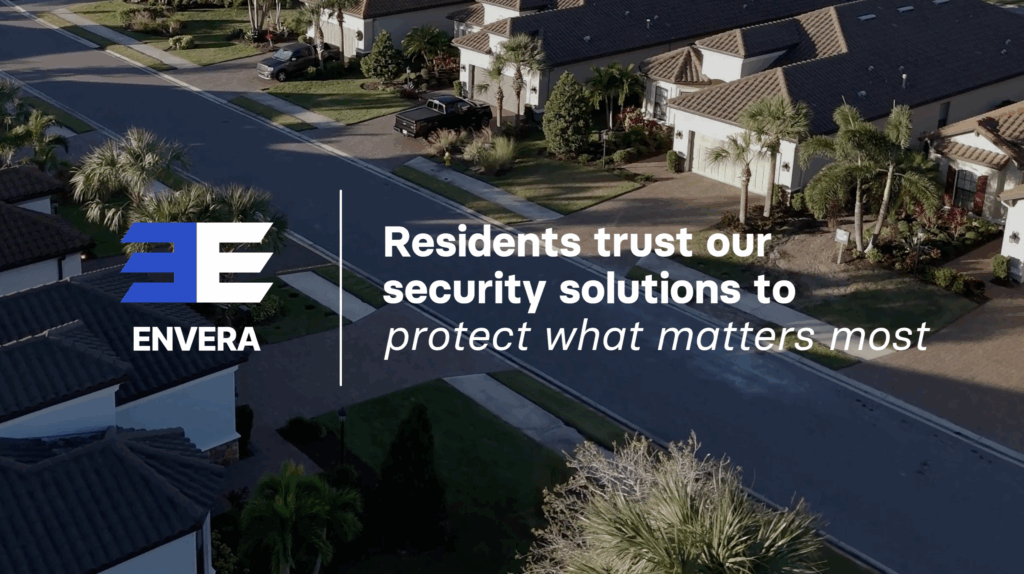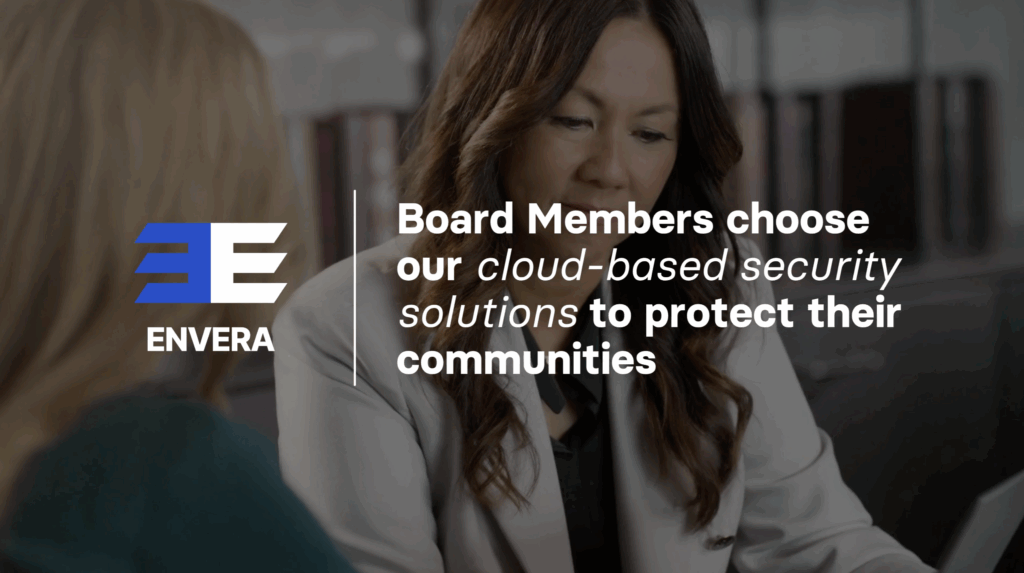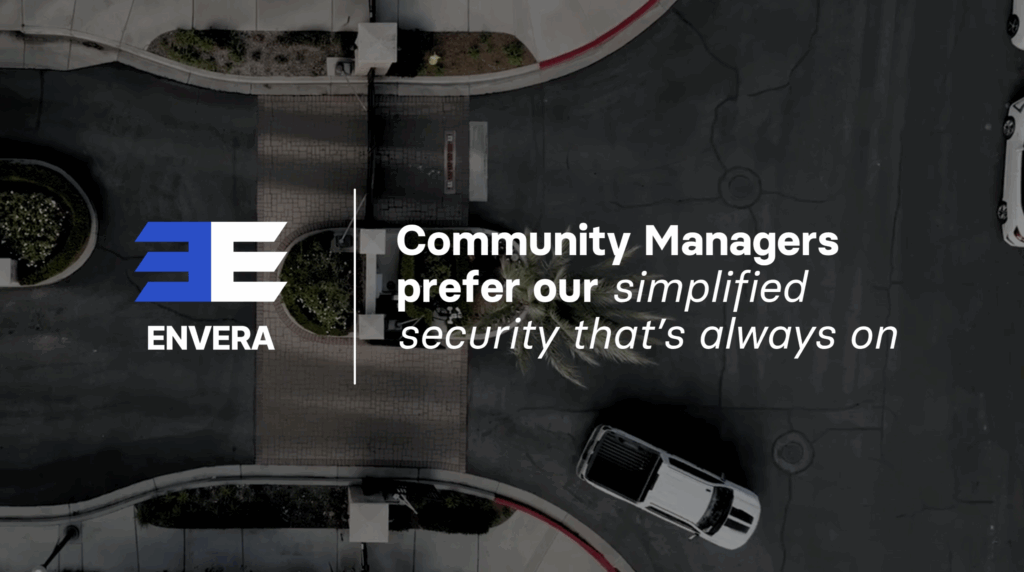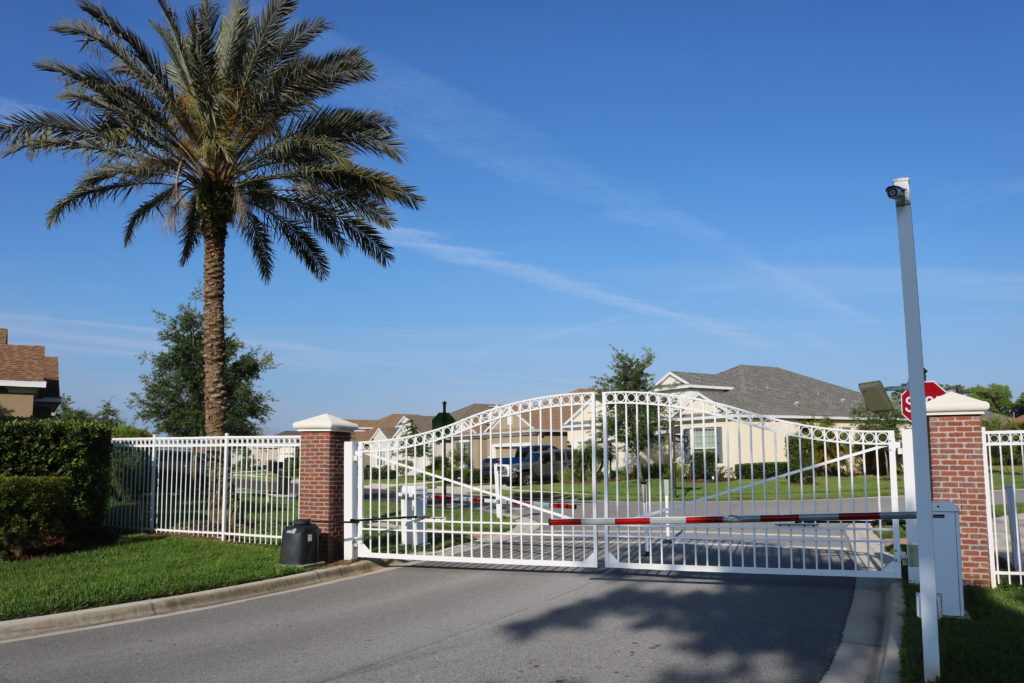When it comes to taking care of various needs throughout a community, property managers and board members rely on many vendors to ensure hurricane safety and that all areas are addressed.
While in the midst of the 2018 hurricane season, it is never too early to start preparing. In fact, if you have not heard by now, the National Oceanic and Atmospheric Administration predicts a 75 percent chance that this hurricane season will be near or above-normal. Even without a direct hit, Florida’s geographic location often puts hundreds of thousands of people in line of some effects. However, several precautionary measures can be put in place by community associations to help residents prepare and recover if a disaster occurs.
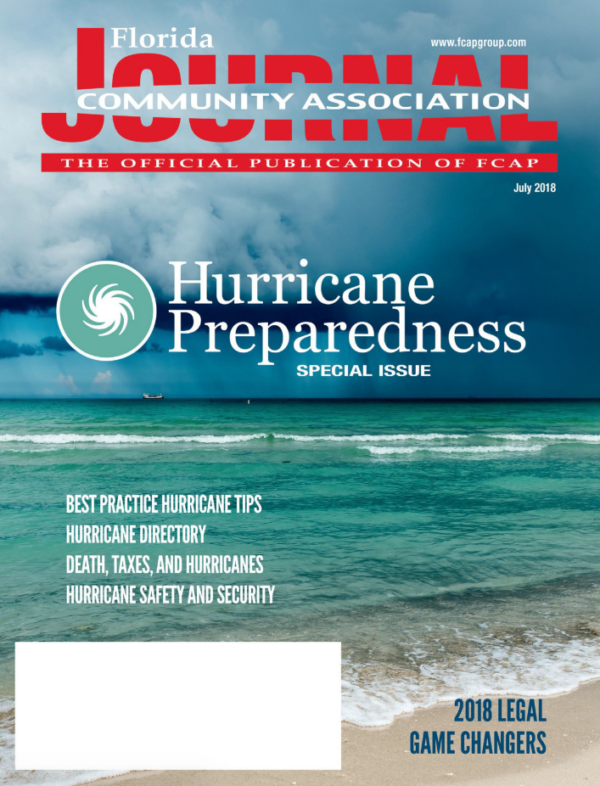
First, communication is key for hurricane safety. Communities should enact a communications plan with all residents and vendors prior to a potential storm. Residents should be aware of their community’s arrangements and changes that may take place around the neighborhood. It should also be clear when on-site employees will be leaving and if an emergency contact method is set up. Communicate a date that on-site employees are expected to return to the community. In addition, vendors will need to be contacted if their services are needed in advance and to determine when a vendor will return to the community to help with the recovery.
Another easy step to implement is backing up all important community documents and information to a cloud-based system or portable hard drive. In the event that the association or property manager’s office is damaged, a community does not want to lose those materials. It is also likely that those documents or contacts will need to be accessed remotely by board members or the property manager when it is not safe to reach an office.
For hurricane safety at gated communities, it must be determined whether or not the gates and/or barrier arms will fail open or fail locked if power is lost. Often times, communities decide to lock open their gates or barrier arms prior to a hurricane. This helps ease the traffic entering and exiting the community in a hurry, especially if evacuations are in order. More importantly, it allows easy access for emergency responders to quickly enter a community if needed. For communities with barrier arms at the entrance, it may be best to remove the arms from the controller if possible. In instances of extremely strong winds, barrier arms can be dislodged and become a projectile.
Most communities today employ a security provider for services throughout the community. It is very important to speak with your provider about the company’s contingency plans. These can also be addressed with a series of questions. If your community has an on-site security guard, how long will that guard be working before a storm hits? How soon will guards return afterwards? If your security provider verifies guests remotely, monitors video, or manages the access control, what back-up power solutions are used? How long can your security provider maintain monitoring at a location that has been hit? Is video and data backed up by the company? With an excellent disaster plan and advanced testing, communities and residents should feel informed about protection and the security provider’s recovery.
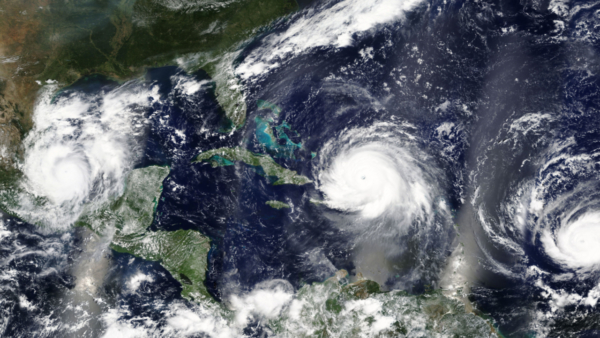
Finally, stay flexible during preparation and recovery. As we know from past hurricane seasons, every storm can quickly change course, intensity, and the amount of damage it causes. Every disaster plan should have a back-up plan and the potential to adapt, especially at the last minute. This includes preparing residents for possible effects and what to do if the property manager, maintenance workers, vendors, or other people cannot get to the community immediately.
It is never easy to expect the unexpected, especially when it comes to hurricanes, which makes the importance of a plan more significant. Proactively distributing the responsibilities before a storm is near will help keep preparations calm and productive. Knowing if your security provider has a disaster recovery plan and what it entails will manage a community’s expectations. Keeping an open line of communication throughout the process will assist in informing the residents, on-site employees, and vendors. With an efficient plan arranged, your community will be better prepared to adapt and recover following a natural disaster.
You can read the complete issue and original article here: FLCAJ – July
You can also download the article here.
